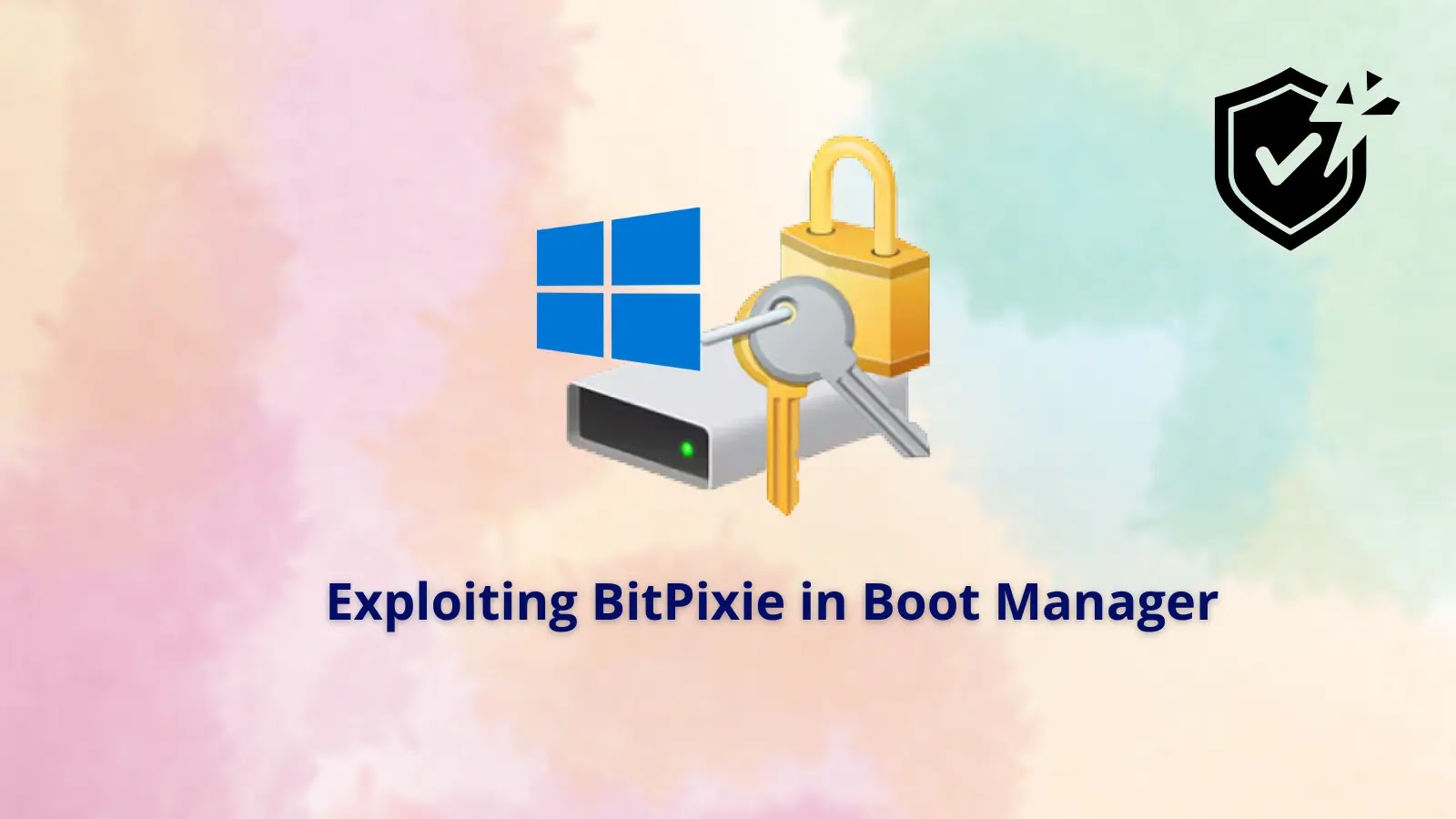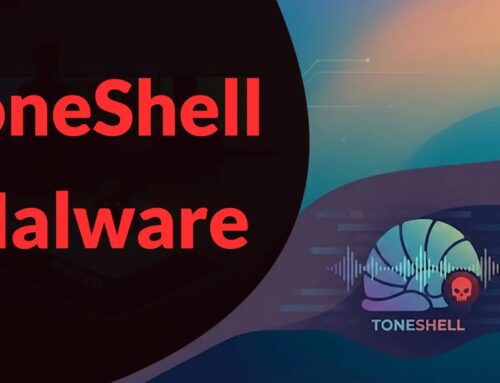
Hackers Can Exploit Bitpixie Vulnerability to Bypass BitLocker Encryption and Escalate Privileges
A fundamental security assumption for many organizations relies on BitLocker’s robust encryption to protect sensitive data on Windows systems. However, a recently disclosed critical vulnerability, dubbed “bitpixie,” shatters this assumption, enabling attackers to bypass BitLocker encryption and achieve local privilege escalation. This flaw, deeply embedded within the Windows Boot Manager, presents a severe risk, particularly for enterprise environments where physical access to devices can translate into significant data breaches.
Understanding the Bitpixie Vulnerability
The bitpixie vulnerability resides in the Windows Boot Manager, a critical component responsible for initiating the operating system. This flaw is not new; it affects boot managers dating back to 2005 and remains exploitable even on fully updated systems. The insidious nature of this vulnerability lies in its ability to facilitate a downgrade attack. This means that even if a system has the latest patches, an attacker can manipulate the boot process to revert to an older, vulnerable version of the boot manager, thereby reintroducing the exploit opportunity.
The core of bitpixie’s danger is its dual capability:
- BitLocker Bypass: Attackers can circumvent BitLocker drive encryption, gaining unauthorized access to data that was presumed to be securely protected.
- Local Privilege Escalation: Beyond data access, the vulnerability allows for the elevation of privileges on the local system, granting attackers higher-level control and enabling further malicious activities.
Impact on Enterprise Security
The implications of the bitpixie vulnerability for enterprise security are substantial. Organizations often rely on BitLocker for endpoint security, especially for laptops and portable devices that are prone to theft or loss. A successful exploitation of bitpixie means:
- Data Exposure: Sensitive corporate data, intellectual property, and personal identifiable information (PII) stored on BitLocker-encrypted drives can be accessed by unauthorized individuals.
- System Compromise: Privilege escalation allows attackers to install malware, modify system configurations, and establish persistent footholds within the corporate network.
- Compliance Violations: Data breaches resulting from BitLocker bypass can lead to severe regulatory penalties and reputational damage for affected organizations.
- Persistent Threat: The ability to perform downgrade attacks makes this a particularly challenging vulnerability to mitigate, requiring careful attention to boot integrity.
Technical Details and CVE Identification
While the provided source refers to the vulnerability as “bitpixie,” it’s crucial to identify the corresponding Common Vulnerabilities and Exposures (CVE) ID for precise tracking and remediation. Unfortunately, the provided source does not explicitly state a CVE ID for “bitpixie.” However, security professionals should monitor official Microsoft security advisories and CVE databases for updates related to Boot Manager vulnerabilities impacting BitLocker. Previously, vulnerabilities like CVE-2022-21894 (Windows Boot Manager Vulnerability) have been identified, and this new revelation likely pertains to a similar or related mechanism.
Remediation Actions
Mitigating the bitpixie vulnerability requires a layered approach, addressing both the immediate threat and the underlying mechanisms that enable downgrade attacks.
- Implement Secure Boot: Ensure that Secure Boot is enabled and properly configured on all systems. Secure Boot helps prevent unauthorized bootloaders and operating systems from loading during startup.
- Regular System Updates: While downgrade attacks can circumvent some updates, keeping systems patched with the latest Windows updates is always a critical first line of defense. Microsoft regularly releases security updates, and these should be applied without delay.
- Physical Security: Enhance physical security measures for devices, especially laptops and portable storage. If an attacker gains physical access, the risk of exploitation increases significantly.
- Disk Encryption Key Management: Review and strengthen procedures for managing BitLocker recovery keys. Ensure they are stored securely and are only accessible to authorized personnel.
- Endpoint Detection and Response (EDR): Utilize EDR solutions to monitor for unusual boot activity or attempts to modify boot configurations, which could indicate an attempted bitpixie exploitation.
- Firmware Updates: Keep UEFI/BIOS firmware updated to the latest versions. Firmware updates often include critical security fixes that can address boot-related vulnerabilities.
- User Education: Educate users about the importance of physical device security and suspicious activities.
Tools for Detection and Mitigation
While direct detection tools for “bitpixie” may not be widely available under that specific name, several categories of tools can assist in maintaining a strong security posture against such vulnerabilities.
| Tool Name | Purpose | Link |
|---|---|---|
| Microsoft System Center Configuration Manager (SCCM) | Deployment and management of security updates, configuration baselines. | SCCM |
| Group Policy Management Console (GPMC) | Configuration of Secure Boot policies and BitLocker settings across a domain. | Group Policy |
| Endpoint Detection and Response (EDR) Solutions | Real-time monitoring for unusual boot processes, privilege escalation attempts, and suspicious file modifications. | Many vendors, e.g., CrowdStrike, SentinelOne, Microsoft Defender for Endpoint |
| UEFI/BIOS Update Utilities (Vendor Specific) | Tools provided by hardware manufacturers for updating firmware. | HP Support, Dell Support, Lenovo Support portals |
| BitLocker Management Tools | Auditing BitLocker status, recovery key management, and enforcement. | Microsoft BitLocker Management |
Conclusion
The bitpixie vulnerability underscores the persistent challenges in securing the boot process and the critical role it plays in overall system security. The ability to bypass BitLocker encryption and escalate privileges, especially through downgrade attacks, poses a severe threat to data integrity and confidentiality. Organizations must prioritize the implementation of robust security measures, including diligent patching, Secure Boot enforcement, strong physical security controls, and comprehensive monitoring, to mitigate the risks presented by this insidious class of vulnerabilities.





